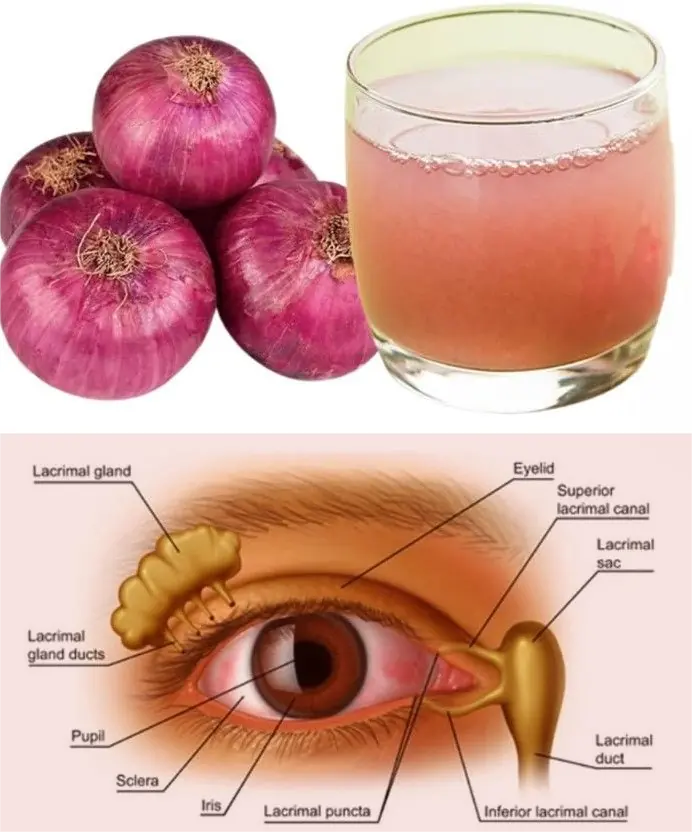
Vegetables for people with diabetes need to know
When it comes to managing blood sugar, few people realize just how powerful vegetables can be. Certain plant foods act almost like natural medicines — helping the body balance glucose levels, improve insulin sensitivity, and even protect the blood vessels and nerves from diabetic damage.
If you’re looking for foods that naturally “eat up” excess sugar in your body, here are ten science-backed vegetables (plus one special bonus food) that can help you fight diabetes and support long-term health.
🥦 1. Broccoli — The Sugar-Burning Superfood
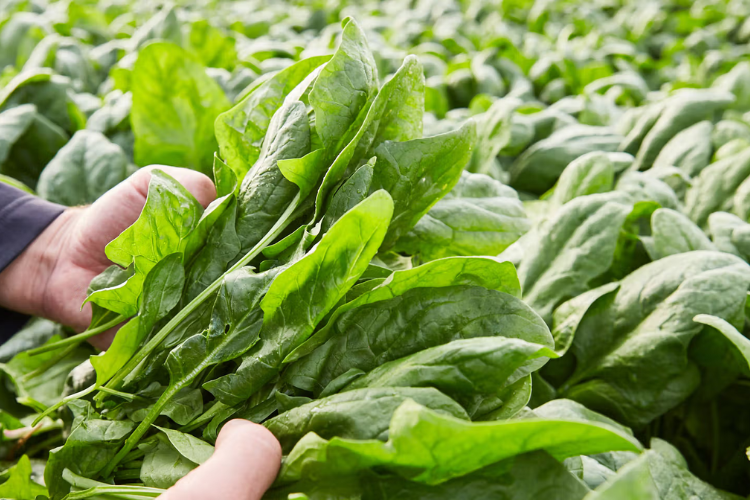
Why it helps:
Broccoli contains a compound called sulforaphane, known for its strong anti-diabetic and anti-inflammatory effects. It not only lowers blood sugar but also protects your blood vessels from oxidative damage — one of the major complications of diabetes.
How to use:
Steam or lightly sauté broccoli to retain its nutrients. Avoid overcooking. Eat it 3–4 times a week as a side dish, or add it to soups, omelets, or fresh salads. For extra flavor and antioxidant power, drizzle it with olive oil and a squeeze of lemon.
🥬 2. Spinach — A Magnesium-Rich Glucose Balancer
Why it helps:
Spinach is packed with magnesium and fiber, two nutrients that work together to improve insulin sensitivity and slow glucose absorption. Magnesium helps muscles and nerves use glucose efficiently, preventing spikes after meals.
How to use:
Enjoy it raw in salads, blended into smoothies, or lightly sautéed with garlic and olive oil. Avoid boiling for long periods, as it can destroy key vitamins and minerals.
🥒 3. Bitter Melon (Bitter Gourd) — The Natural Insulin Booster
Why it helps:
Bitter melon contains charantin and polypeptide-p, plant-based compounds that mimic insulin’s activity and help reduce blood glucose levels naturally. Studies show that it can significantly lower fasting blood sugar in people with type 2 diabetes.
How to use:
Drink bitter melon juice first thing in the morning on an empty stomach for the strongest effect. You can also stir-fry or stuff it with lean meat and herbs 2–3 times per week.
🥕 4. Carrots — Sweet, But Blood-Sugar Friendly
Why it helps:
Carrots are rich in beta-carotene, a potent antioxidant that helps repair cell damage caused by high sugar levels. Their natural fiber content slows digestion and supports stable blood sugar.
How to use:
Eat raw carrot sticks as snacks or add them to soups and stews. Lightly boil or steam — but skip sugary glazes or sauces. Pair with a small amount of healthy fat (like avocado or olive oil) to enhance nutrient absorption.
🧅 5. Onions — Nature’s Cholesterol and Sugar Regulator
Why it helps:
Onions contain flavonoids and sulfur compounds that help lower both blood sugar and LDL (“bad”) cholesterol. These compounds also support liver function and reduce oxidative stress.
How to use:
Add onions to salads, soups, stir-fries, or stews daily. Raw onions have stronger blood-sugar-lowering effects, but cooked onions still offer great benefits.
🥦 6. Kale — The Antioxidant Powerhouse
Why it helps:
Kale is high in fiber, vitamin C, and plant antioxidants that stabilize blood sugar and promote healthy weight management. Its compounds help reduce oxidative stress in the pancreas — the organ that produces insulin.
How to use:
Add chopped kale to smoothies or salads, or bake into crispy kale chips for a crunchy, low-carb snack.
🥒 7. Cucumber — The Hydrating Blood Sugar Helper

Why it helps:
Cucumbers are hydrating and rich in phytochemicals that may help regulate glucose metabolism. Their high water and fiber content also aid digestion and reduce sugar cravings.
How to use:
Eat raw cucumber slices daily or mix into salads. You can also drink cucumber-infused water for a refreshing, blood-sugar-friendly beverage.
🫘 8. Green Beans — The Gentle Glucose Buffer
Why it helps:
Green beans are loaded with soluble fiber, which slows digestion and prevents sudden spikes in blood sugar. They also contain plant-based proteins that help you feel full without raising glucose levels.
How to use:
Steam or boil lightly, then season with herbs or olive oil. Avoid frying or smothering in creamy sauces.
🧄 9. Garlic — The Ancient Diabetes Remedy
Why it helps:
Garlic’s active compound, allicin, improves insulin sensitivity, lowers blood sugar, and reduces LDL cholesterol. It also helps detoxify the liver, which supports overall metabolic health.
How to use:
Eat 1–2 raw cloves a day or crush fresh garlic into sauces and marinades. Let chopped garlic sit for 10 minutes before cooking to maximize allicin formation.
🥬 10. Okra (Lady’s Finger) — The Sugar Trap
Why it helps:
Okra contains mucilage and soluble fiber, which trap sugars in the digestive tract and slow their absorption. It also reduces cholesterol and inflammation.
How to use:
Soak sliced okra in water overnight, then drink the water in the morning on an empty stomach. You can also cook okra in stews, soups, or curries for a fiber-rich meal.
🫘 Bonus: White Beans (Cannellini Beans) — The Long-Lasting Sugar Stabilizer
Why they help:
White beans are a nutrient-dense legume that play a major role in stabilizing blood sugar. Their high soluble fiber content forms a gel in the gut that slows sugar absorption, preventing after-meal glucose spikes.
They also have a low glycemic index (GI), meaning they release energy gradually — keeping blood sugar and energy levels steady for hours. White beans provide plant-based protein, which helps control appetite and reduce cravings for sweets.
They’re also rich in magnesium, potassium, and iron, minerals that improve blood pressure, support the heart, and enhance insulin function. Their resistant starch nourishes healthy gut bacteria, boosting insulin sensitivity over time.
How to use:
-
Soak overnight to soften and reduce gas-forming compounds.
-
Cook slowly until tender; avoid too much salt or oil.
-
Add to soups, stews, and salads, or blend into creamy dips as a healthy alternative to mayonnaise.
✅ Smart Tips for Using Vegetables to Fight Diabetes
-
Choose fresh, non-starchy vegetables — they contain fewer carbs and more fiber.
-
Avoid deep-frying or sugary sauces that can cancel out the benefits.
-
Pair vegetables with lean protein (like grilled fish, chicken, or tofu) to slow digestion and stabilize blood sugar.
-
Fill at least half your plate with vegetables at every meal.
-
Stay hydrated — water helps your kidneys flush out excess sugar naturally.
-
Practice portion balance: combine fiber, protein, and healthy fats for smoother glucose control.
🌱 Final Thoughts
These vegetables aren’t just side dishes — they’re powerful allies in your fight against diabetes. By including them regularly in your diet, you can naturally reduce blood sugar, improve energy, and protect your heart and kidneys from the long-term effects of high glucose.
Nature truly offers everything the body needs to heal — one colorful, crunchy bite at a time.
News in the same category


Bed Bugs Hate This! How Diatomaceous Earth and Cloves Can Wipe Them Out

These are the consequences of sleeping with the…
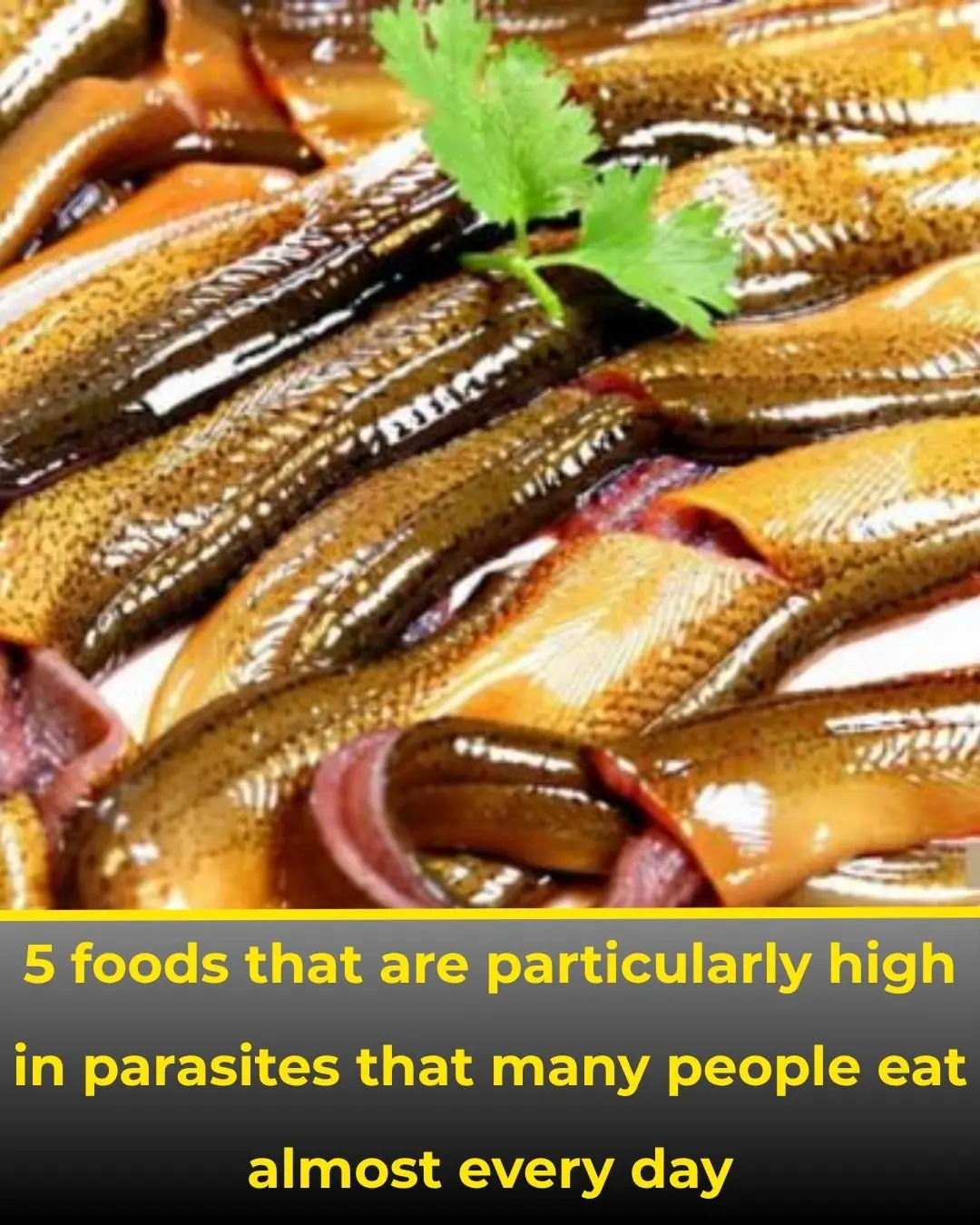
5 Common Foods That Often Contain Parasites — Many People Eat Them Daily

1 Vitamin Stops Calcium Buildup in Arteries and Heart

Why this doctor refuses to prescribe statins for high cholesterol

The #1 food for toxic kidneys

Top 3 Vitamins for Hip Arthritis – Say Goodbye to Hip Pain

Garlic & Cloves: The Natural Remedy for Varicose Veins and Circulation

5 foods that heal your body and STARVE cancer—eat these now!
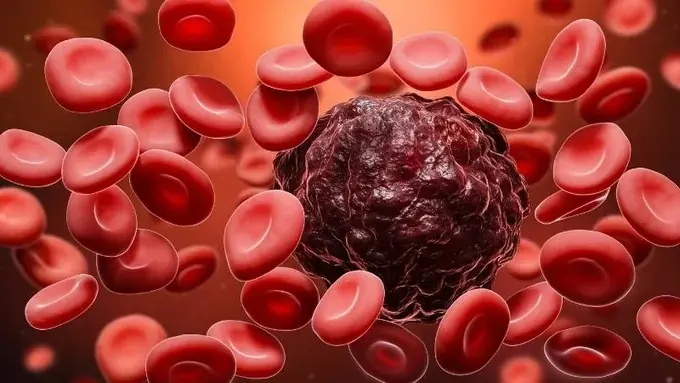
Diagnosed With Terminal Cancer That Spread to Her Brain, the Woman Broke Down in Tears After Learning the “Culprit” Came From Her Own Family
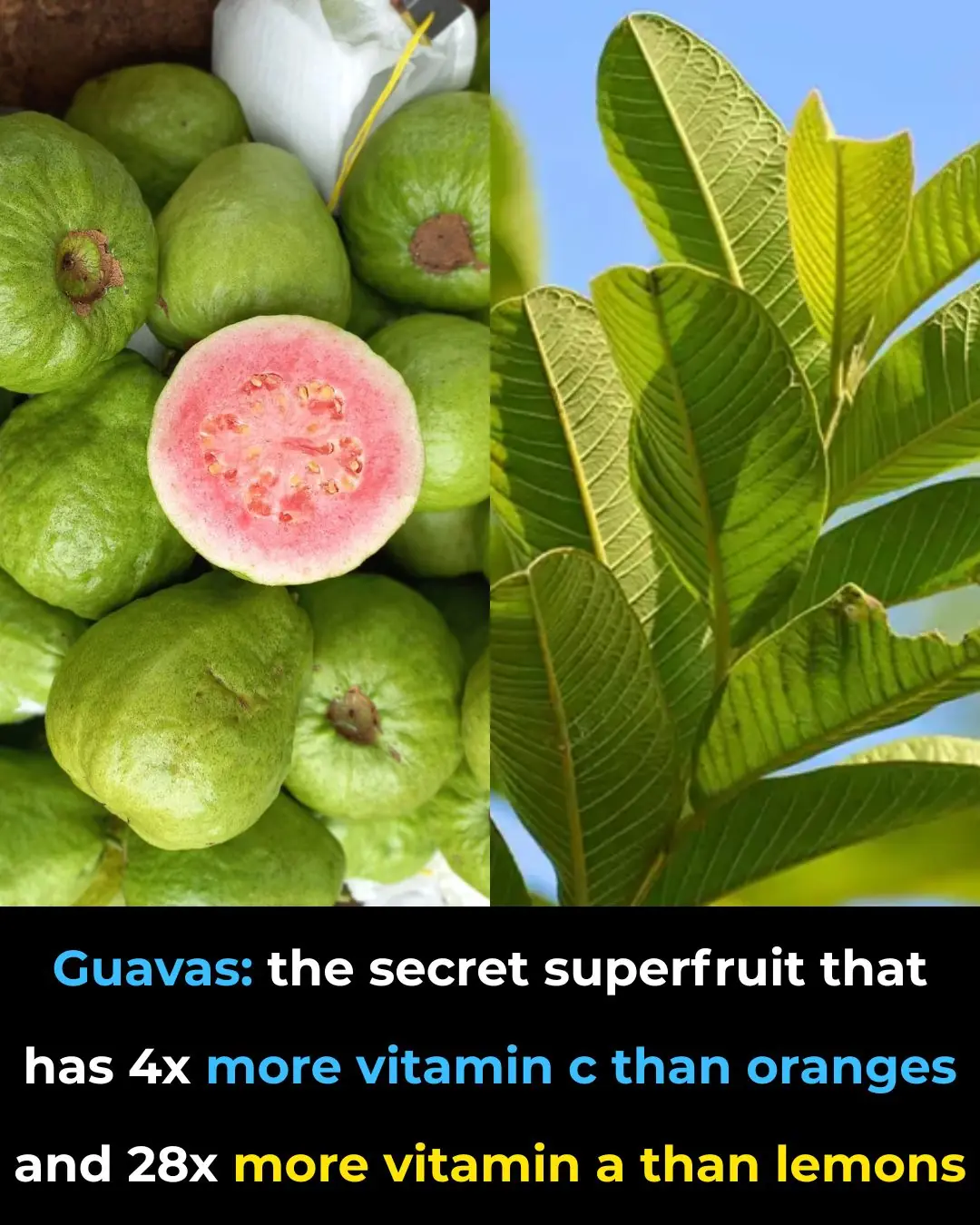
The Impressive Health Benefits of Guava Fruit and Leaves & How to Eat Guava (Evidence Based)

Do You Wake Up With Numb or Tingling Hands? Here's What Your Body Is Trying to Tell You

How to Control Blood Sugar Levels with a Boiled Egg

I started adding chia seeds to my breakfast every day — and within a week, I noticed some surprising changes

4 powerful vitamins that help protect you from cancer—start today!

What Happens When You Take 1 TBSP of Apple Cider Vinegar For 60 Days
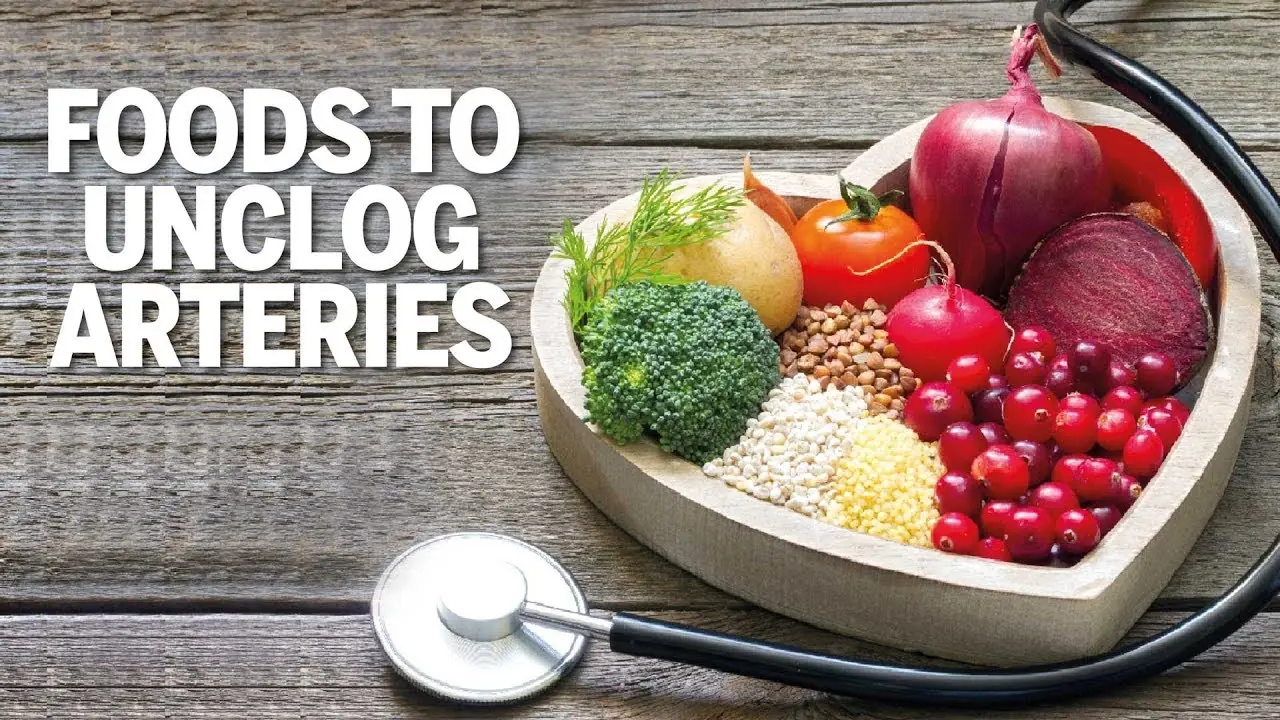
The #1 Food to Unclog Your Arteries Naturally

What Your Feet Can Reveal About Your Blood Pressure, Thyroid, and Arthritis Risk
News Post

Can Onion Juice Gently Support Eye Health? A Natural Tip to Try

Bed Bugs Hate This! How Diatomaceous Earth and Cloves Can Wipe Them Out

These are the consequences of sleeping with the…

5 Common Foods That Often Contain Parasites — Many People Eat Them Daily

1 Vitamin Stops Calcium Buildup in Arteries and Heart

S:ida Acuta: Exploring the Healing Properties of this Herbal Remedy

DIY Flaxseed Collagen Night Gel for Hydration and Rejuvenation
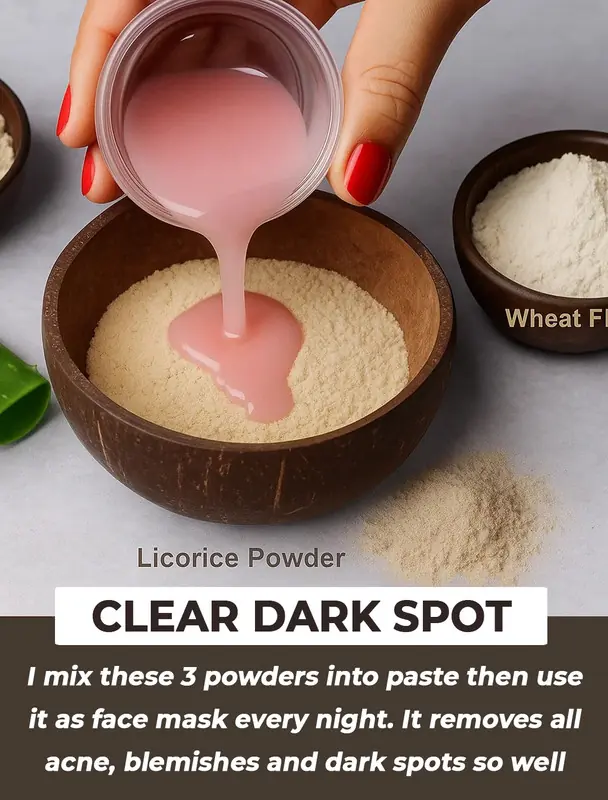
10-Day Licorice Treatment for Dark Spots: Fade Pigmentation and Achieve Glowing Skin Naturally

Easy Recipe to Make ABC Collagen Ice Cubes at Home: The Secret to Glowing, Firm Skin
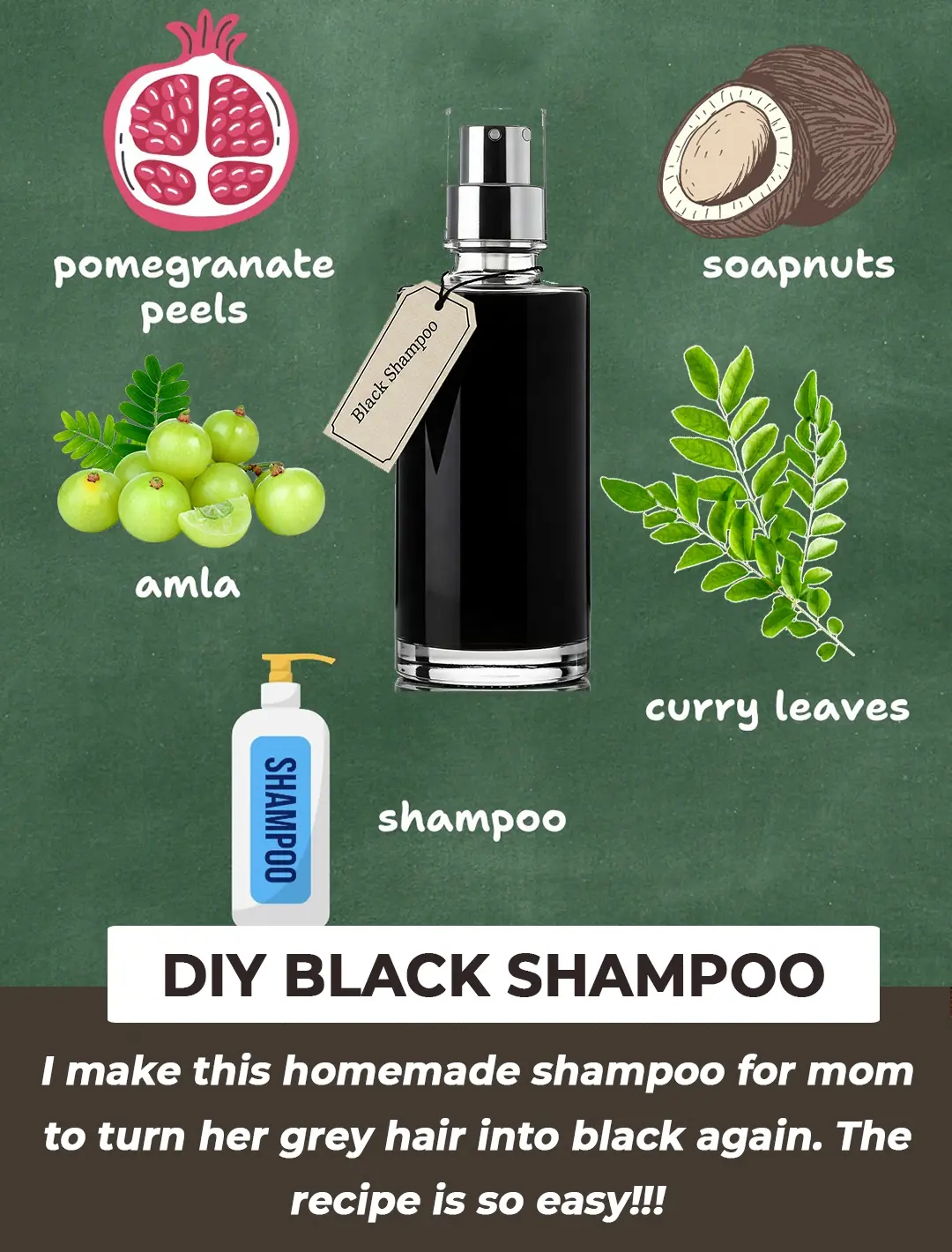
2 Mins Black Shampoo For Grey Hair

Why this doctor refuses to prescribe statins for high cholesterol

The 'divine' secret to frying

Why do we have to leave our phone face down on the table when we are not using it?

Hanging a towel on the door handle before bed: Unexpected benefits but few people know

Tips for conditioning your hair with over-cooked bamboo shoots

Treat premature gray hair thanks to the black dye formula

What Are These Strange Black Dots In Your Kitchen

Magic Eraser can be used for almost anything, but here's what you didn't know
